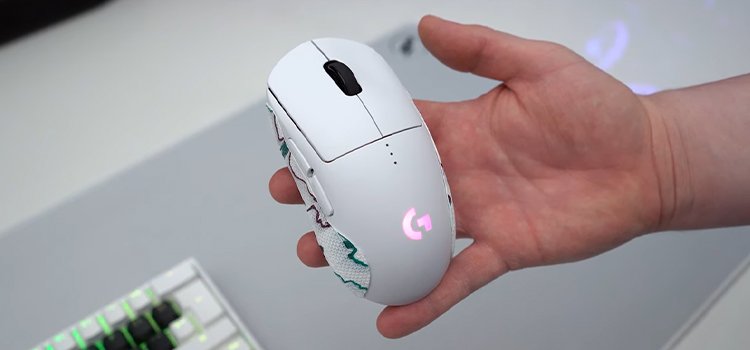Does DisplayPort Reduce Input Lag? Explained in Detail
Input lag is a crucial concern among PC and gaming console users, especially for gamers. Because input lag can have a huge negative impact while playing games. For this, reducing input lag is essential for achieving a smoother and more immersive computing or gaming experience.
While searching for a solution to input lag, you may have heard about DisplayPort. Does DisplayPort really reduce input lag? The most accurate answer to this question is that DisplayPort doesn’t directly reduce input lag, but it has many wonderful features that you might encounter less input lag while using DisplayPort.
In this article, we will explore the factors that contribute to input lag and examine whether DisplayPort offers any advantages in this regard or how it reduces input lag. Let’s explore them below!

What are the Factors That Cause Input Lag
To understand whether DisplayPort reduces lag or not, you have to understand why input lag happens or who are the culprits for causing input lag.

Input lag refers to the delay between the time you input a command, such as clicking a mouse button or pressing a key, and the moment when that action is displayed on your screen. It is caused by several factors which include –
- Peripheral Latency: The time it takes for your input device (e.g., keyboard, mouse, controller) to transmit the input signal to your computer.
- Processing Delay: The time it takes for your computer’s CPU and GPU to process the input command.
- Display Technology: The time it takes for your monitor to receive and display the frame rendered by your graphics card.
- Interface Latency: The delay introduced by the connection interface between your computer and monitor. Now this is where the DisplayPort comes in.
In case the input lag is caused by the input devices, CPU, GPU, and the technology of the monitor, DisplayPort has no hand in reducing the input lag. However, if the input lag is caused by the connection interface between the computer and monitor, DisplayPort can be helpful in reducing the issue in that case.
Let’s learn more in detail below.
How Does DisplayPort Reduce Input Lag?
DisplayPort is a digital display interface that has gained popularity for its ability to support high resolutions, refresh rates, and color depths.
According to research, it is not only superior to older interfaces like VGA and DVI in terms of video quality and bandwidth, it can effectively reduce input lag indirectly. You may wonder why or how indirectly DisplayPort reduces input lag. Here is the answer:
- High Bandwidth and Resolution: DisplayPort supports high bandwidth which allows for the transmission of high-resolution and high-refresh-rate content. While this doesn’t directly reduce input lag, it can improve overall computing experiences by the monitor reducing input lag caused by the connection interface.
- FreeSync and G-Sync: Some gaming monitors support technologies like AMD FreeSync and NVIDIA G-Sync. These monitors work with DisplayPort to reduce screen tearing and provide a more synchronized and responsive gaming experience. This indirectly reduces the perception of input lag.
- Variable Refresh Rate: DisplayPort can work with VRR (variable refresh rate) technologies like FreeSync and G-Sync to dynamically adjust the monitor’s refresh rate based on the graphics card’s output. This can help maintain a more consistent frame delivery and as a result, input lag associated with inconsistent frame rates is indirectly reduced.
- Reduced Cable-Induced Latency: DisplayPort cables can transmit high-quality signals over longer distances without significant degradation. This simply minimizes cable-induced latency and input lag even if you place your computer farther from your monitor.
Bonus Tips: to Reduce Input Lag
While DisplayPort can reduce input lag caused by the connection interface, it is not so effective in reducing input lag caused by other factors mentioned previously. If you are still facing input lag, then you should focus on the following factors to minimize it:
- Use a high-refresh-rate monitor with low response times.
- Invest in a powerful graphics card and processor.
- Enable VRR technologies like FreeSync or G-Sync if your monitor and graphics card support them.
- Use peripherals that have low latency.
- Optimize in-game settings for performance.
Conclusion
To conclude, DisplayPort can effectively reduce input lag that is caused by the connection interface of the monitor and the source device. It can also indirectly reduce input lag caused by other factors. Everything including how it indirectly reduces input lag is explained in this article and we hope now you know the advantages of using DisplayPort after reading this. For further queries regarding this topic, our comment box is always open for you. Thanks for reading!
Subscribe to our newsletter
& plug into
the world of technology




